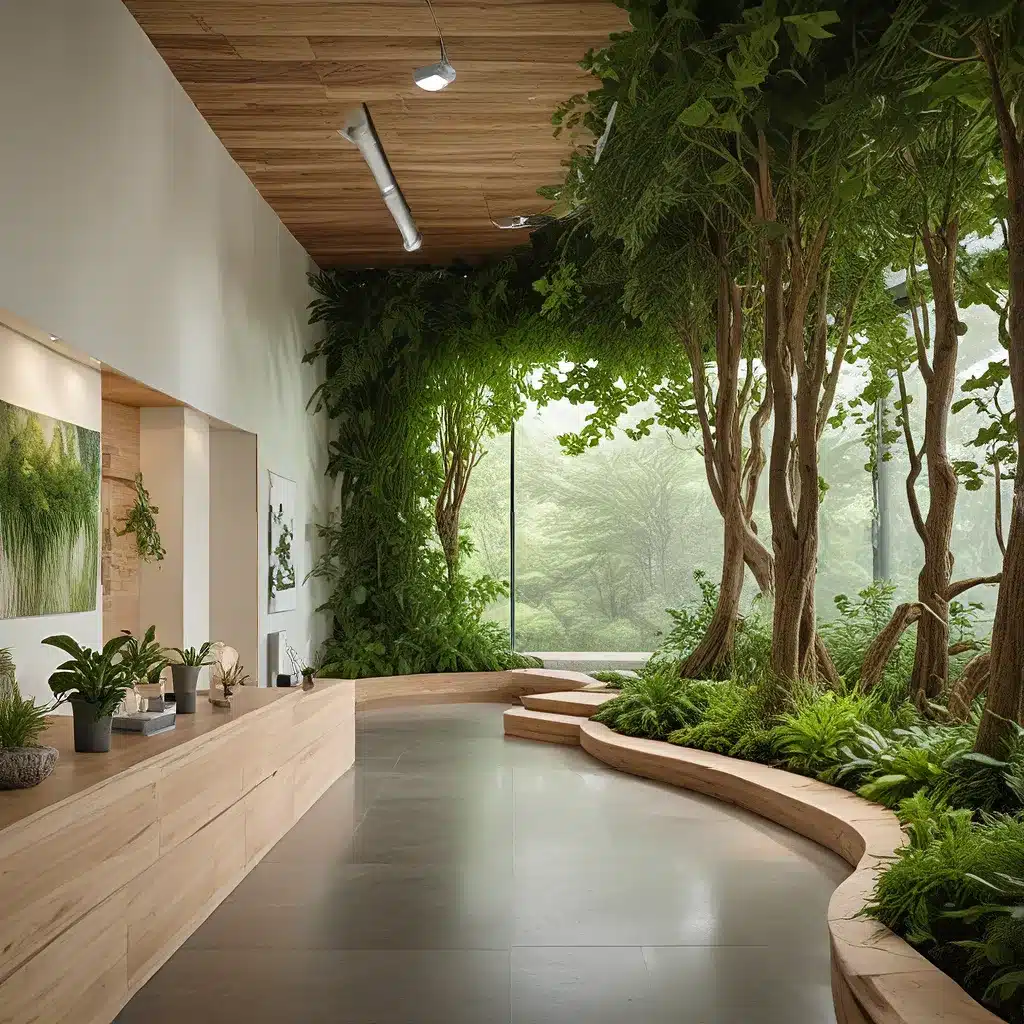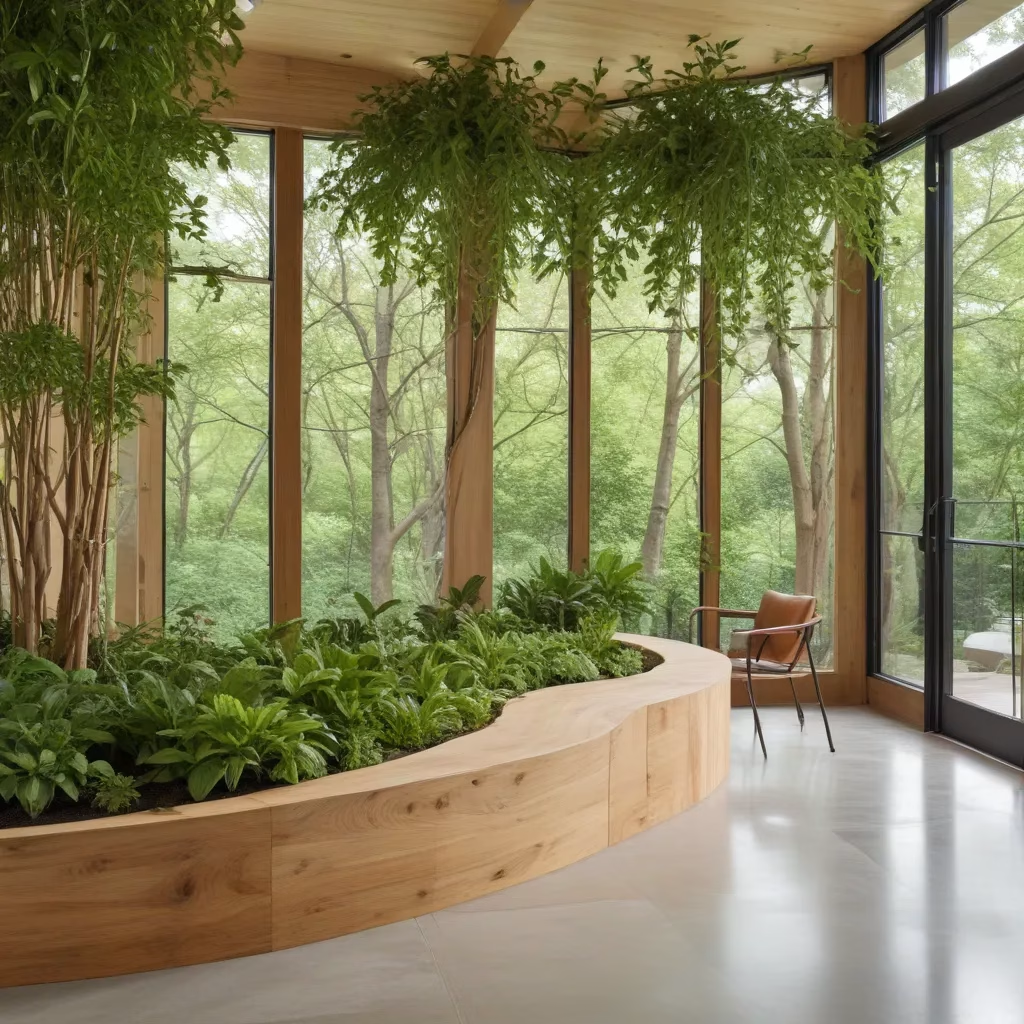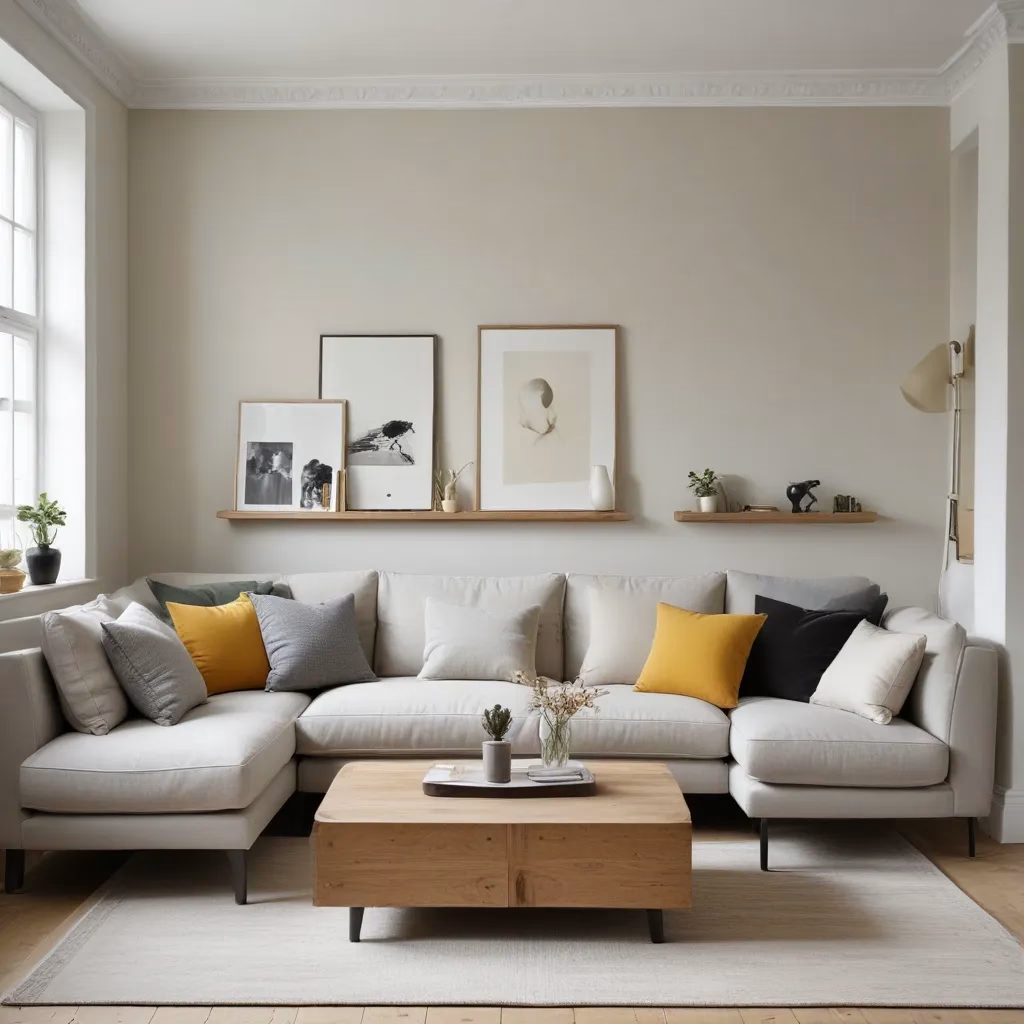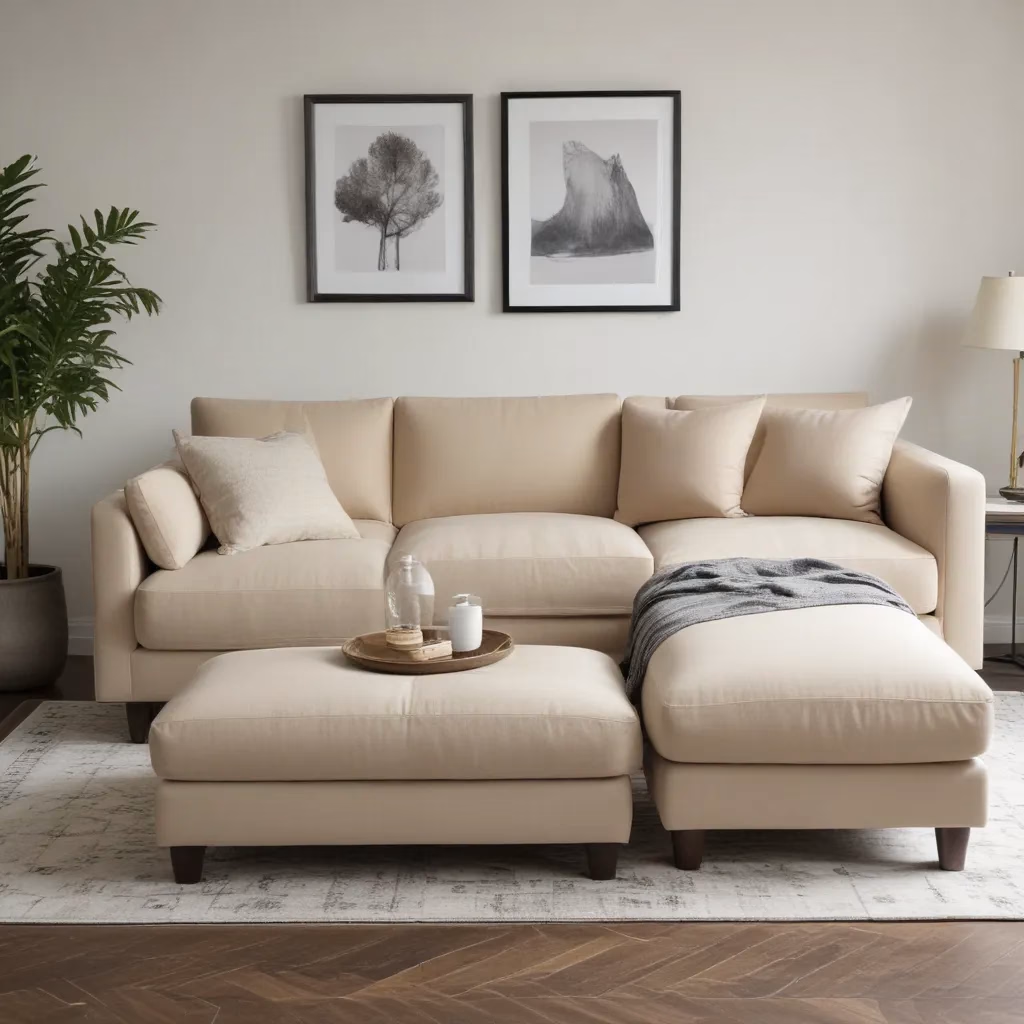
Uncovering the Profound Link Between Humans and Nature
Picture this: I’m strolling down the street, lost in my own thoughts, when suddenly, my feet come to a halt. The surrounding noise fades away, and I find myself immersed in a moment of pure serenity. My right hand reaches out, and my head instinctively juts forward, as if drawn to something unseen. This isn’t the first time this has happened, and it certainly won’t be the last.
You see, I’m one of those people who seem to have an innate connection with the natural world. It’s as if my very being vibrates in harmony with the rhythms of the earth, the whispers of the wind, and the gentle rustling of leaves. This connection isn’t just a passing fancy; it’s a fundamental part of who I am, rooted in the depths of my evolutionary history.
The Biophilia Hypothesis: Decades ago, biologist Edward O. Wilson introduced the concept of “biophilia” – the idea that humans possess an innate, subconscious affinity for the natural world. This hypothesis suggests that our ancestors’ deep reliance on the natural environment for survival has hard-wired this connection into our very DNA.
It’s a fascinating notion, isn’t it? The idea that we’re biologically predisposed to seek out and connect with nature, even in our modern, urbanized lives. And this is where the concept of biophilic design comes into play.
Biophilic Design: Bridging the Gap Between Nature and the Built Environment
Biophilic design is an approach to architecture and interior design that embraces this fundamental human-nature connection. It’s all about incorporating natural elements, materials, and processes into the built environment to create spaces that nurture our well-being and foster a deeper appreciation for the natural world.
Think about it – in most traditional office spaces or homes, we’re surrounded by artificial materials, harsh lighting, and a general disconnect from the outdoors. But by intentionally weaving in elements like natural light, living plants, water features, and organic textures, biophilic design aims to reestablish that primal link between humans and nature.
And the benefits of this approach are profound. Studies have consistently shown that exposure to nature, even in simulated forms, can reduce stress, improve cognitive function, and enhance overall well-being. It’s as if our bodies and minds intuitively understand the restorative power of the natural world.
Embracing the Three Pillars of Biophilic Design
Biophilic design encompasses three primary elements, each playing a vital role in creating spaces that feed our innate connection to nature:
-
Direct Nature Experiences: This includes the incorporation of real, living elements like plants, water, and natural lighting into indoor spaces. Potted plants, green walls, and strategically placed windows that offer views of the outdoors are all examples of direct nature experiences.
-
Indirect Nature Experiences: This refers to the use of natural materials, patterns, and imagery to evoke a sense of nature. Think wood furniture, stone accents, and nature-inspired artwork.
-
Experiences of Space and Place: This dimension focuses on the overall design and layout of a space, aiming to create environments that resemble the natural world. This could involve non-linear architectural forms, elements of shelter, and opportunities for observation and interaction.
By weaving these three pillars into the design of our homes, workplaces, and public spaces, biophilic design creates a holistic experience that nurtures our innate connection to the natural world.
The Remarkable Benefits of Biophilic Design
The impacts of biophilic design are far-reaching, extending beyond just aesthetic appeal. Let’s dive into some of the key ways this approach can enhance our well-being and quality of life:
Reduced Stress and Anxiety: Studies have shown that exposure to nature-inspired settings, whether real or simulated, can significantly reduce physiological markers of stress, such as cortisol levels. This, in turn, can lead to lower rates of anxiety, depression, and other mental health issues.
Improved Cognitive Function: Biophilic design has been linked to enhanced focus, creativity, and problem-solving abilities. By incorporating natural elements that engage our senses, these spaces can stimulate our minds and boost cognitive performance.
Enhanced Productivity and Creativity: The restorative effects of biophilic design can increase motivation, focus, and overall job satisfaction. Employees in nature-inspired workspaces have been found to be more productive and engaged, with higher levels of creativity and innovation.
Faster Healing and Recovery: Interestingly, research has shown that patients in healthcare settings with access to natural elements, such as views of greenery or the presence of plants, tend to experience faster recovery times and reduced pain perception.
Better Air Quality and Sustainability: Biophilic design often incorporates living plants, which act as natural air purifiers, removing harmful toxins and increasing oxygen levels. This not only benefits our health but also contributes to more sustainable and environmentally conscious spaces.
Bringing Biophilic Design to Life: Tips and Inspiration
Integrating biophilic design into your living or working spaces doesn’t have to be a daunting task. In fact, even small changes can yield significant results. Here are some practical tips to get you started:
-
Maximize Natural Light: Strategically place windows and skylights to allow natural daylight to flood your indoor spaces. This can instantly transform a room, imbuing it with a sense of warmth and vitality.
-
Incorporate Indoor Plants: Add potted plants, living walls, or even a small indoor garden to your home or office. These living elements not only purify the air but also promote a calming ambiance.
-
Use Natural Materials: Incorporate wood, stone, and other organic materials into your furniture, flooring, and decor. The tactile and visual connections to nature can be incredibly grounding.
-
Bring in Natural Textures and Patterns: Look for fabrics, artwork, and accessories that mimic natural patterns and textures, such as leaf motifs or wood grain.
-
Create Views of the Outdoors: Position your workstation or seating areas near windows that offer glimpses of nature, whether it’s a serene garden, a swaying tree, or the ever-changing sky.
And for those who want to take their biophilic journey to the next level, consider exploring the Sofa Spectacular furniture collection. Their nature-inspired designs seamlessly blend form and function, creating spaces that nurture both your physical and emotional well-being. Check out their website to learn more and discover how biophilic design can transform your living or working environment.
Cultivating a Deeper Connection with Nature
As I stand here, surrounded by the verdant foliage and the gentle hum of birdsong, I’m reminded of the profound wisdom that nature holds. It’s not just a backdrop for our lives, but a living, breathing teacher, offering us insights into the rhythm of life, the beauty of resilience, and the interconnectedness of all things.
By embracing biophilic design and inviting more of nature into our indoor spaces, we’re not just creating beautiful environments – we’re nurturing a deeper sense of belonging and well-being. We’re tapping into something primal and essential, something that speaks to the very core of our being.
So, whether it’s a lush green wall in your office lobby or a small indoor garden in your home workspace, I encourage you to let the magic of nature seep into your daily life. Dare to slow down, to observe, to feel the pulse of the living world around you. For in doing so, you just might discover a renewed sense of clarity, balance, and joy that can only be found in the embrace of the natural world.



